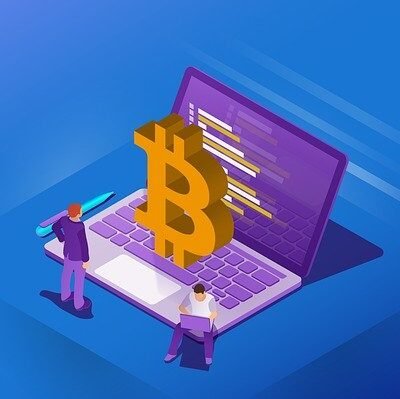In July 2024, a shocking wave of misinformation flooded social media following an attack on former U.S. President Donald Trump. Amid the chaos, an entirely innocent individual, Italian sports journalist Marco Violi, was falsely identified as ‘Mark Violets’—the supposed attacker. This incident underscores the dangers of viral misinformation and highlights the importance of fact-checking in the digital age.
The Attack on Donald Trump

On July 14, 2024, Donald Trump was holding a campaign rally in Pennsylvania when gunshots rang out. Security rushed to protect the former president, and the event quickly descended into chaos. The news spread rapidly, with major media outlets reporting on the incident as authorities worked to determine what had happened.
The Birth of the ‘Mark Violets’ Misinformation
Within hours of the attack, social media was flooded with speculation about the suspect’s identity. A now-debunked claim emerged that the shooter was ‘Mark Violets,’ a supposed Antifa member with a radical left-wing background. Accompanying this claim was a photograph of Marco Violi, an Italian sports journalist with no connection to the event. The image spread like wildfire, gaining traction on platforms like Twitter, Facebook, and Telegram.
Who Is Marco Violi?
Marco Violi is a well-known Italian sports journalist and video blogger who covers soccer and other European sports. Before this incident, he had no political connections or history of violence. Despite this, his face became associated with the fictitious ‘Mark Violets,’ leading to a cascade of online harassment and threats.
How the Hoax Spread
The misinformation spread due to a combination of factors:
- Confirmation Bias: People looking to assign blame quickly accepted the narrative without verifying facts.
- Social Media Virality: Misinformation spreads faster than truth, particularly when it aligns with existing political narratives.
- Lack of Immediate Fact-Checking: While reputable sources eventually debunked the claim, the hoax had already reached thousands before corrections could be issued.
- Influencers Amplifying the Falsehood: Several high-profile social media personalities shared the misinformation, lending it credibility among their followers.
Media Response and Fact-Checking Efforts
Reputable media outlets, including Reuters and The Associated Press, worked quickly to debunk the claims. Investigative journalists traced the origins of the hoax and confirmed that Marco Violi was in Italy at the time of the attack, making it impossible for him to have been involved. Reuters published a detailed fact-check explaining that Violi had been falsely accused (source).
The Impact on Marco Violi
The false accusations had immediate and serious consequences for Violi:
- Threats and Harassment: He received numerous online threats from individuals who believed the hoax.
- Professional Damage: His credibility as a journalist was temporarily questioned due to the viral misinformation.
- Emotional and Psychological Toll: Being falsely accused of an assassination attempt on a former U.S. president led to immense stress and personal hardship.
Violi publicly denied the accusations, expressing outrage over the baseless claim. In an interview with Italian media, he stated, “This is a complete fabrication. I have never even been to the United States. I will take legal action against those spreading these lies” .
The Role of Social Media Platforms
Social media companies have been criticized for their slow response to viral misinformation. While fact-checkers flagged the false claims, posts continued to circulate widely before any action was taken. This incident has reignited debates about:
- Algorithmic Amplification: Platforms prioritize engagement over accuracy, often boosting sensational falsehoods.
- Responsibility of Social Media Companies: Should platforms face stricter regulations to prevent false information from spreading?
- User Responsibility: Individuals must learn to verify information before sharing it online.
Lessons from the ‘Mark Violets’ Hoax
This incident serves as a stark reminder of how quickly misinformation can spread and the real-world harm it can cause. Key takeaways include:
- Fact-Checking Matters: Before sharing content, verify its source. Reliable outlets should be consulted rather than unverified social media posts.
- Think Before You Share: Just because information aligns with your beliefs does not mean it is true.
- Hold Social Media Accountable: Platforms must implement faster mechanisms to counteract false claims before they gain traction.
Conclusion
The false accusation of Marco Violi as ‘Mark Violets’ following the attack on Donald Trump highlights the dangers of unchecked misinformation. While the truth eventually emerged, the damage had already been done. Moving forward, both social media companies and users must take greater responsibility in ensuring that misinformation does not ruin innocent lives.






